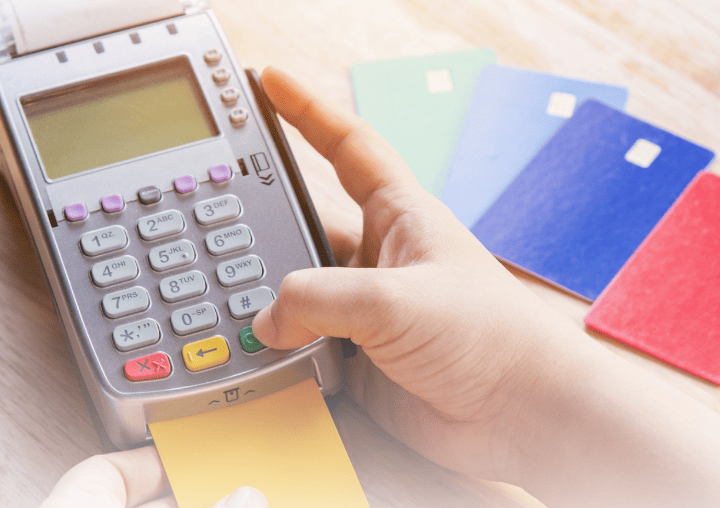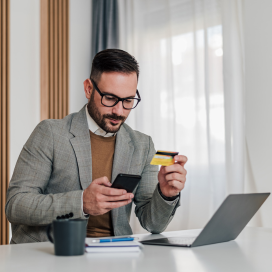How do cashless payment works?
Cashless payments have several key steps that ensure the transaction is secure, efficient and seamless for both the consumer and the merchant.
Initiation
The process begins when you decide to make a purchase and choose a cashless payment method such as swiping a credit or debit card, tapping a mobile wallet on a contactless reader or scanning a QR code on your smartphone. This sets the transaction in motion, signaling to the payment system that a purchase will be made.
Authentication
Once the payment method is chosen, authentication is required to verify that the person initiating the transaction is authorized to use the payment method, adding a layer of security to the process. Depending on the method of payment, this could involve:
- PIN entry: When making card transactions, you may be prompted to enter a Personal Identification Number (PIN).
- Biometric verification: Mobile wallets and other advanced payment systems use fingerprint scanning or facial recognition to authenticate the user.
- Password or passcode: Some online transactions may require a password or a one-time passcode sent to your mobile device for authentication.
Authentication ensures that the person initiating the transaction is authorized to use the payment method, adding a layer of security to the process.
Authorization
After authentication, the payment processor authorizes the transaction. Authorization ensures the transaction can proceed without any financial discrepancies or security concerns. This involves several checks:
- Funds verification: The payment processor checks if the customer has sufficient funds in their account or enough credit available to complete the purchase.
- Fraud detection: Advanced algorithms and fraud detection systems analyze the transaction for any signs of fraudulent activity.
- Approval: If everything checks out, the payment processor authorizes the transaction. The transaction is declined if there are issues, such as insufficient funds or potential fraud.
Authorization is a critical step that ensures the transaction can proceed without any financial discrepancies or security concerns.
Transfer
Then, the actual transfer of funds takes place. This step involves electronically moving money from the customer's account to the merchant's. The transfer is typically instantaneous or completed within a few seconds, but the specifics depend on the payment method:
- Credit/debit cards: The issuing bank transfers the funds to the acquiring (merchant's) bank.
- Mobile wallets: The wallet provider initiates the transfer from the linked bank account or card to the merchant's account.
- Cryptocurrencies: Funds are transferred from the payer's digital wallet to the merchant's wallet on the blockchain.
Confirmation
The final step is confirmation. Both the customer and the merchant receive confirmation of the completed transaction, which is usually in the form of:
- Receipts: The customer receives a printed or digital receipt detailing the transaction amount, date and merchant information.
- Notifications: Both parties might receive real-time notifications via email, SMS or mobile app, confirming the payment has been processed successfully.











